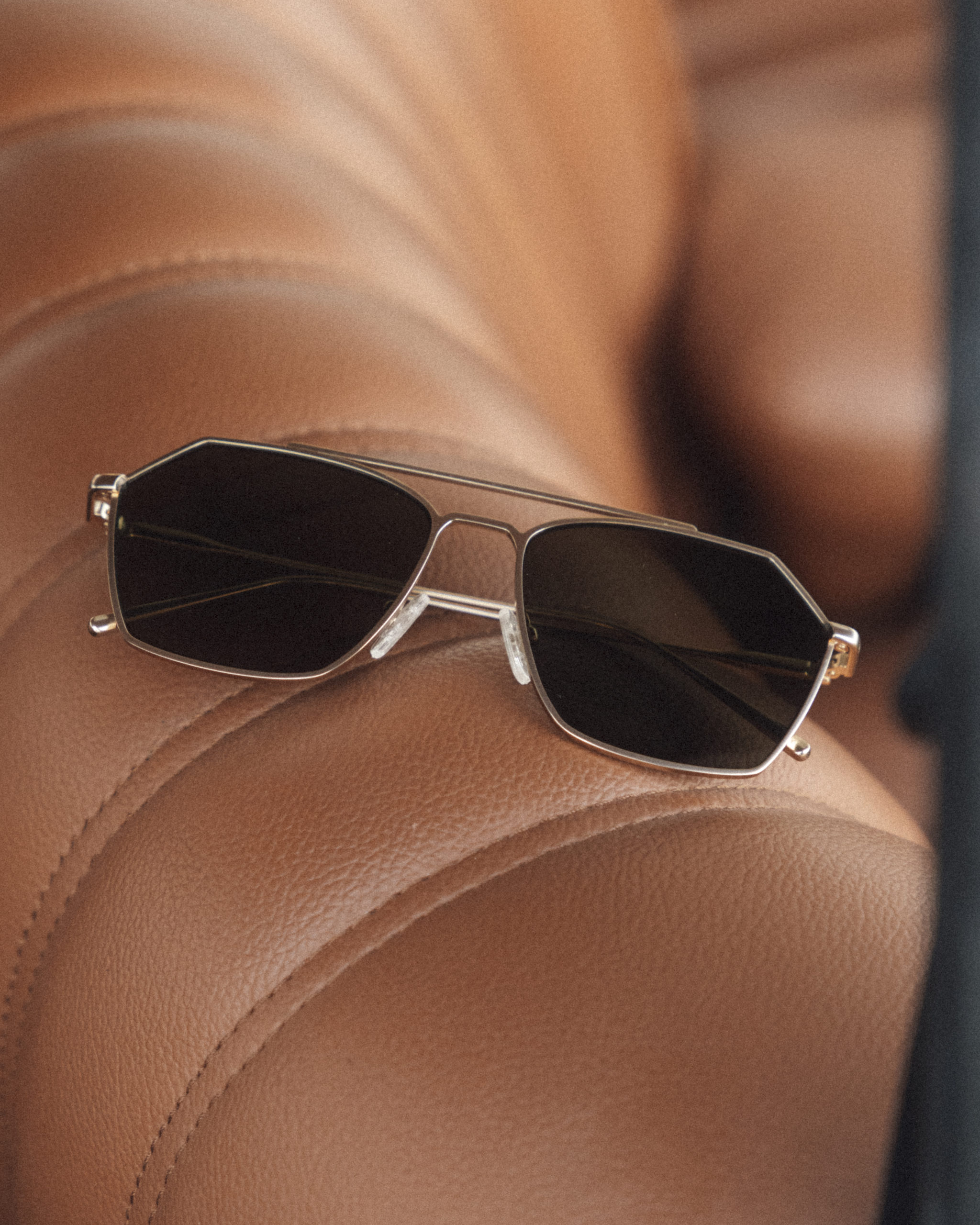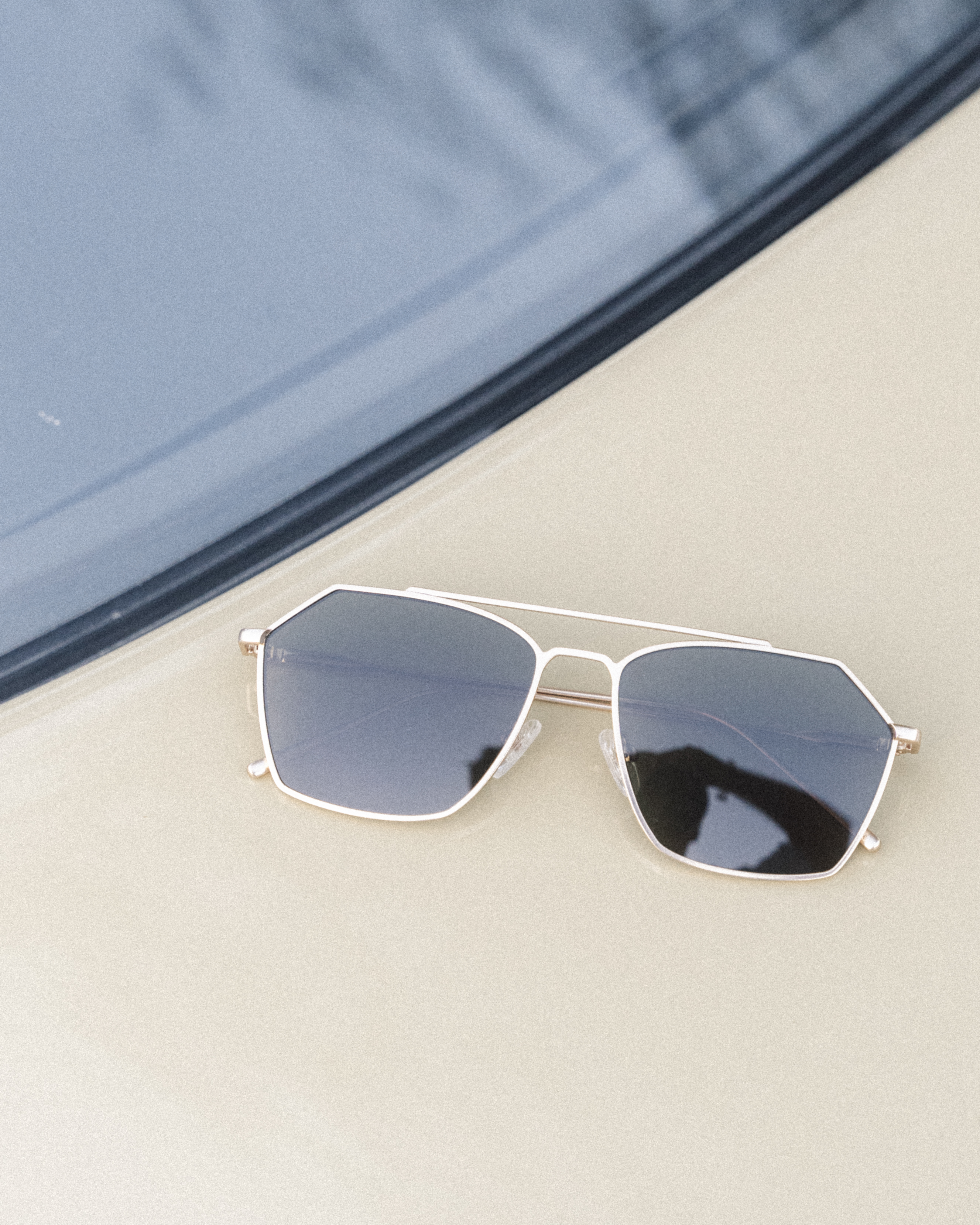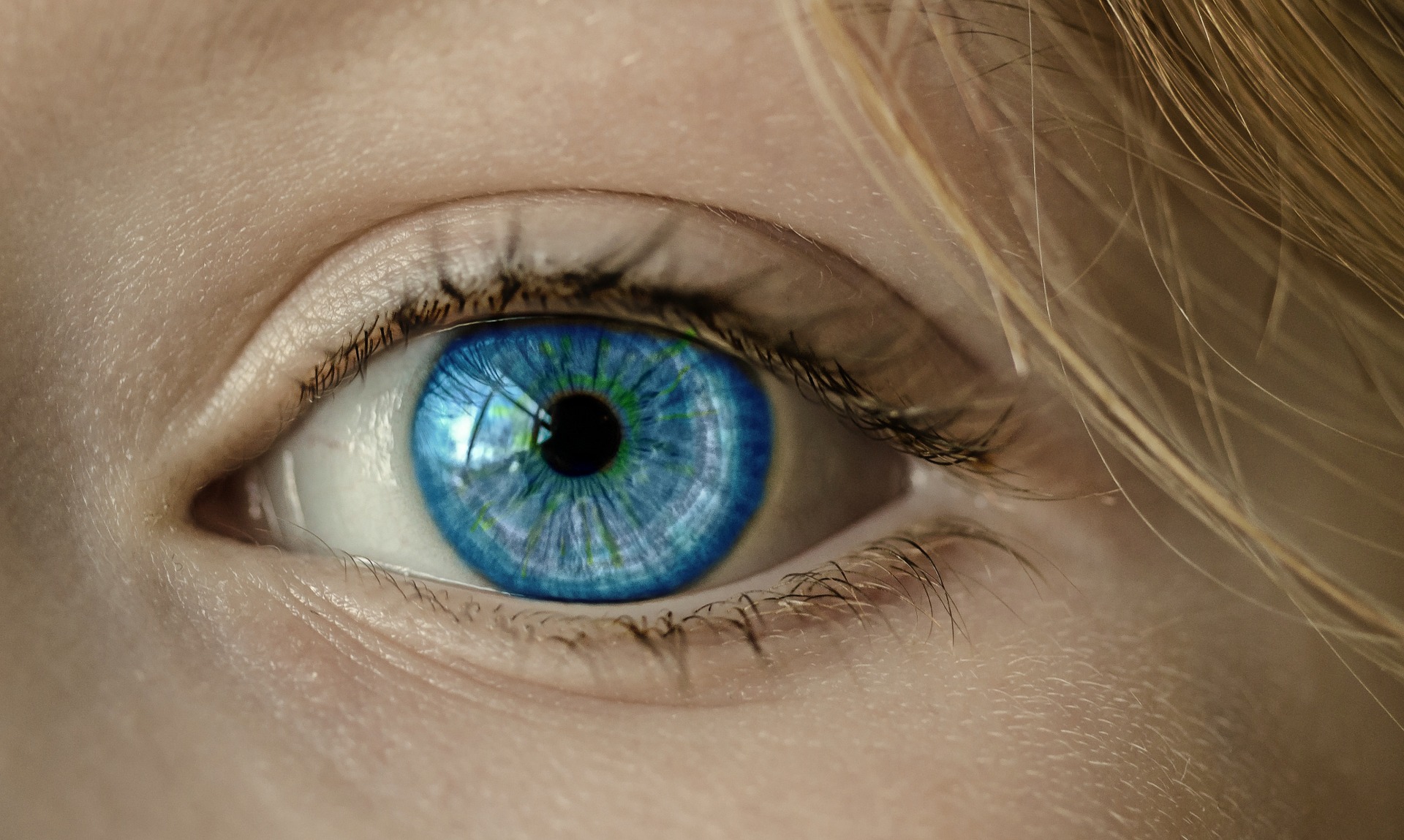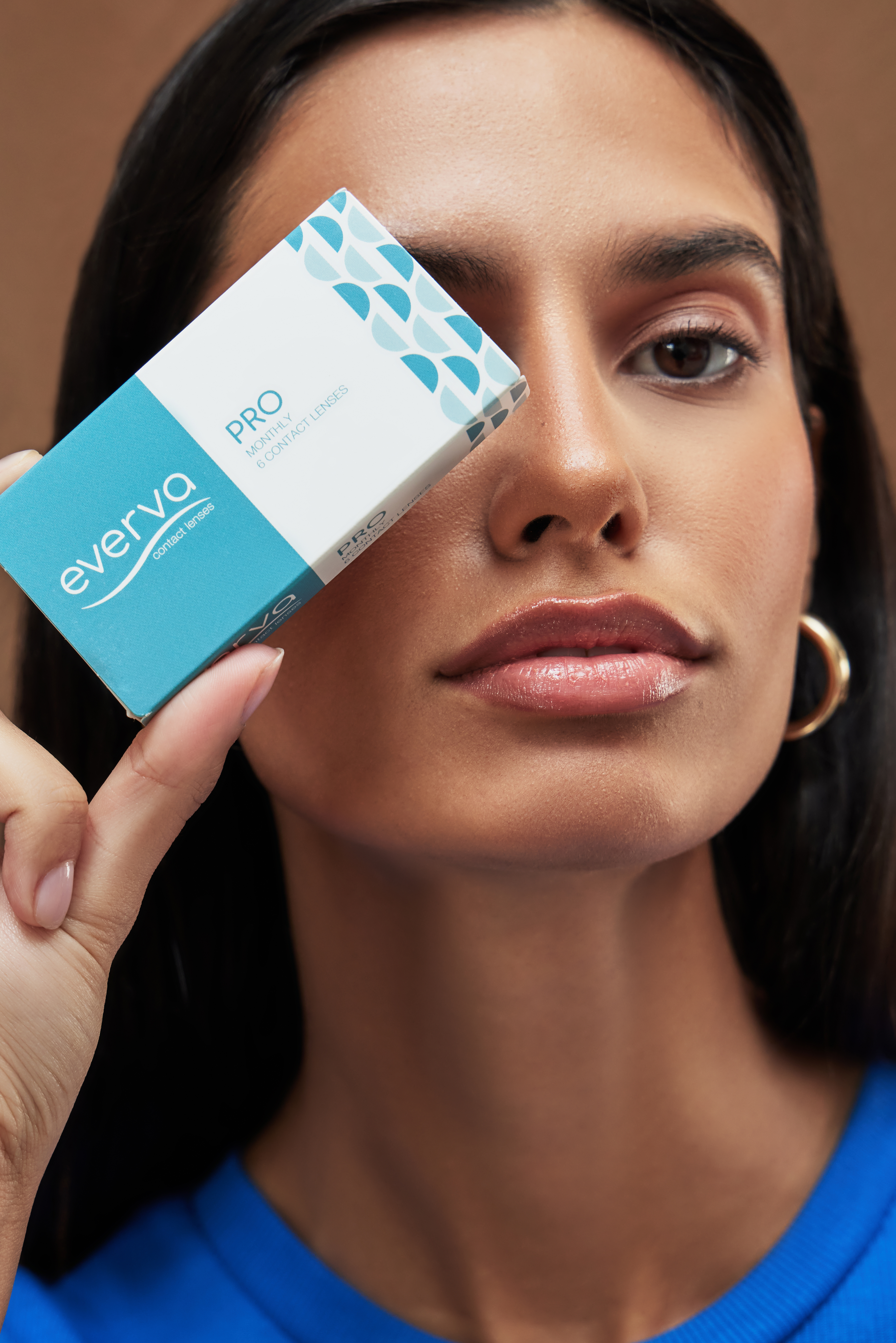For those of us who want to wake up with crystal clear vision without having to search for eyeglasses every time the alarm goes off, extended wear contact lenses could be the best option. Contact lenses are broadly divided into two main categories, depending on how long they have been approved to be worn before getting removed:
- Daily wear contact lenses, the ones that need to be removed before going to bed
- Extended wear contact lenses, the ones which can be worn overnight
So, what exactly is the difference between daily wear contact lenses and the extended wear contact lenses? Read on to find out.
The extended wear (EW) contact lenses are mostly thinner than the daily wear soft contact lenses or are designed from a silicone hydrogel material. Silicone hydrogel enables the extended wear lenses to breathe better by letting more oxygen to pass through the lens to the eyes as compared to the regular soft contact lens. This serves as a great advantage when a person intends to wear contact lenses for extended periods of time. Most of the extended wear contact lenses are approved to be worn for up to seven days of continuous wear, depending on the recommendations of the ophthalmologist. There are some EW lenses that are approved for continuous wear of up to 30 days.
Extended wear contact lenses also come in the form of gas permeable lenses. An essential point that needs to be emphasized is that these schedules are the maximum recommended wearing schedules. There are many people who find it hard to tolerate the EW lenses for such a length of time. While there are others whose eyes cannot tolerate wearing contact lenses overnight.
Depending on the condition and health of the eyes, the doctor will advise whether a person is a suitable candidate for the overnight wear and how many days of continuous wear are suited for an individual’s eyes.
Risks Of Extended Wear Contact Lenses
There are many potential risks that could be associated with wearing extended wear contact lenses. Research suggests that people who wear EW lenses are more prone to eye infections. This is because wearing contact lenses continuously during day and night increases the risk of bacteria and other organisms to get adhered to the lenses as well as getting trapped between the lens and the eyes. Once they get trapped, these micro-organisms find an ideal environment to thrive under the contact lenses, by getting adequate moisture and warmth, more so when the eyelids are closed during sleep. Also, the fact that contact lenses cut down the oxygen supply to the cornea, the eyes find it harder to fight off corneal infections.
Eye infections due to contact lenses could range from simple and yet annoying infections such as the pink eye to more serious and complicated infections such as fungal eye infections and Acanthamoeba keratitis which could lead to a permanent loss of vision.
In addition to eye infections, there are other risks associated with extended wear contact lenses. These include corneal irritation, inflammation, and corneal neovascularization. Neovascularization is a condition in which the blood vessels in the eye start growing towards the iris, in an attempt to compensate for the lack of oxygen from wearing contact lenses for extended periods of time.
Benefits Of Extended Wear Contact Lenses
Over the years, there have been some remarkable advancements in the design of extended wear lens material, that have significantly reduced the potential risks associated with these lenses. Here are some features of extended wear contact lenses that have made them so popular:
- Breathable Lens Material
Nowadays, most of the EW contact lenses are designed from silicone hydrogel material which is quite breathable and allows oxygen to significantly pass through the lenses to the cornea as compared to the previously available EW lenses. This helps in reducing the risk of hypoxia or lack of oxygen, which is a primary contributing factor to corneal inflammation and infection. Extended wear contact lenses are also available in rigid gas permeable material. Some ophthalmologists recommended GP lenses over EW lenses since the rigid lenses cover less eye surface. Also, GP lenses are able to move more freely while blinking, minimizing the chances of debris accumulation and infection.
- Frequent Disposability
Nowadays, almost all soft lenses that are prescribed for extended wear are disposable and are designed to be discarded once their wear period of one to four weeks is over. By changing the EW lenses at such frequent intervals, the chances of protein and lipid build-up are minimized which could trigger inflammation as well as cause discomfort. This also reduces the risk of infections by preventing a hospitable environment from getting created due to these deposits in the eye.
- Flexible Wear Feature
Many eye care practitioners are nowadays prescribing flexible wear version of EW lenses to minimize the risks associated with continuous wear of these lenses. This means that the disposable EW lenses are taken off at night before going to bed, but they can be worn overnight occasionally such as during camping trips over weekends.
Although the flexible wear option may not be as convenient since it carries with it the task of ensuring proper lens care, it offers a less risky option than full extended wear.
Who Can Benefit The Most From Extended Wear Contact Lenses?
Extended wear lenses can be an ideal option for many people such as:
- People who have a highly active or unpredictable lifestyle such as those who spend a lot of time outdoors and military personnel. These people benefit from EW lenses as they may not be always in a position to clean and handle their lenses and they can benefit from wearing lenses that can be left for long periods. The same holds true for emergency workers and shift workers.
- People who have binocular vision problems such as amblyopia generally better benefit more with the help of continuous vision correction.
- People who have especially bad vision.
- Some people who have very high refractive errors (farsightedness, near-sightedness or astigmatism) find it very helpful if they are able to see clearly at all times, especially when they are up suddenly and unexpectedly at night.
Ways To Reduce The Risks Of Extended Wear Contact Lenses
Considering that EW lenses have so much to offer, people who are prescribed these lenses can benefit the most by them by taking precautions to minimize the possible risks and hazards that are associated with them. Here are some essential do’s and don’ts that people wearing EW lenses should follow:
- Extended wear contact lenses should always be removed before swimming
- These lenses should be handled only after washing hands properly
- It is best to remove the extended wear lenses before going to sleep
- Never wear expired contact lenses
- Always stick to the instructions given by the eye doctor and the lens manufacturer.
The extent of duration for which a person can leave his/her contact lenses depends on two vital things: the type of lens and the evaluation made by the doctor regarding the tolerance of their eyes for extended wear.
It is extremely important to weigh the pros and cons of the EW lens with the help of the eye doctor, who will be able to establish an adjustment period to ensure that these lenses are appropriate for that individual. In case of any irritation, pain, swelling or redness in the eyes, it is best to remove the contact lenses as soon as possible and consult the doctor. Staying connected with the doctor and updating him/her regarding any serious concerns, especially while starting new can make this journey smooth and much more rewarding.







